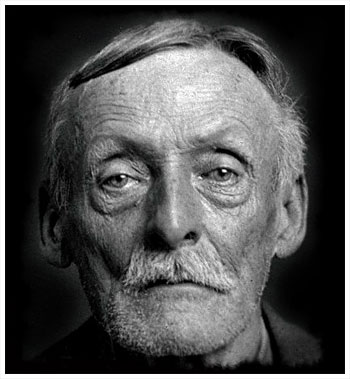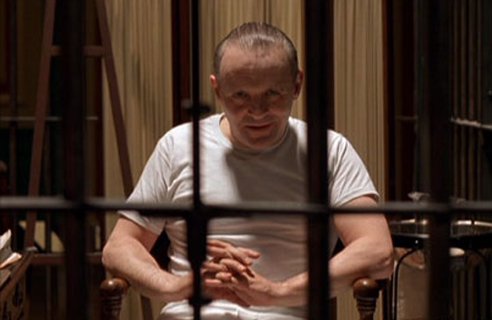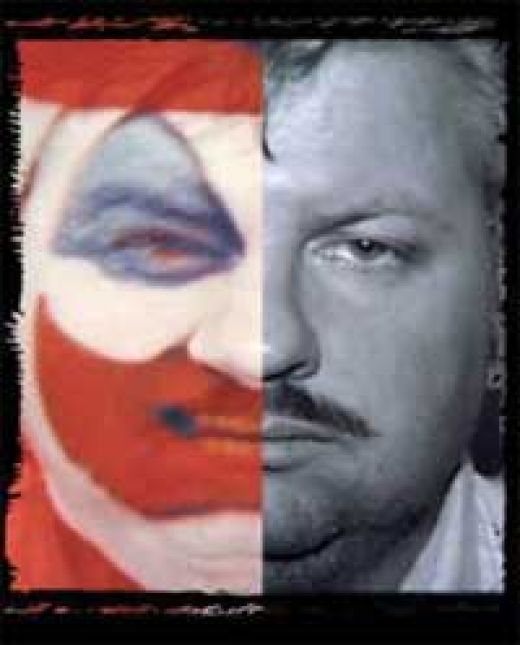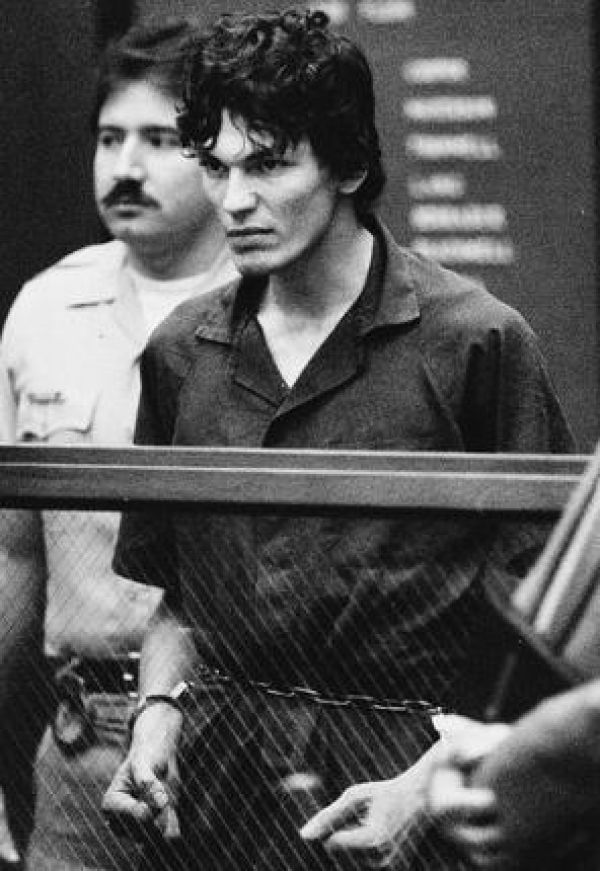The Mind of a Serial Killer
CHILDHOOD INFLUENCES
If serial killers are born and not made, then certainly they will show signs of being different at an early age. While not all serial killers will exhibit these traits obviously or perhaps even at all, there are some traits that Barkan's Criminology: A Social Understanding (2006) highlights as common:
- Disorganized thinking
- Bipolar mode disorders
- Resentment towards society due to their own failings
- Sexual frustrations
- Inability to be social or socially accepted
- Overbearing parents
- Wild imagination
- Most Frequent Behaviors:
- Daydreaming
- Compulsive Masturbation
- Isolation
It is important to note that daydreaming is also a healthy, normal thing. Children that are daydreaming at ages as early as seven about extreme violence and grotesque sexual acts, however, is a cause for concern. Even where bizarre fantasies of deviant sexual acts occur, most people have a strong sense of conscience and restrain from translating these desires into actions. Not so in the children that grow into killers. These aggressive daydreams develop and expand as the child becomes an adult, and are eventually acted upon, and fine-tuned in the real world to compare to the perfection of the fantasy its self. (Barkan, 2006)
Once again, just because a child fits into this mold does not mean that they will be a serial killer, and vice versa. For example, Ted Bundy had a great family, was a social child who was interested in all things, and was a friendly and generally normal child. He still developed antisocial personality disorder and was put on death row for killing five people in serial fashion. However, many more serial killers did have several of these traits in childhood, and therefore we will examine them closer. (Barkan, 2006)
Isolation occurs when a child is left alone from an early age and thus given little attention. Their minds become their only company, and so a fantasy world is created for entertainment and companionship. This kind of isolation also can cause feelings of inadequacy, often later masked by numerous artificial successes. (Barkan, 2006)
Ed Kemper is an example of an isolation extreme. His whose mother condemned him to the basement of their home at the age of ten in fear that he would molest his younger sister, though he had given her no reason to believe he would do so. Kemper turned to his fantasies, which may have started out as 'normal', but with the continued isolation they quickly became his dominant world. Kemper grew into a serial killer and killed ten women, and also committed necrophilia before killing his mother and turning himself in.
Early life attachments, known as bonding, create an association for how the child should react to society and other people in life (Barkan, 2006). Serial killers and others with antisocial personality disorder never seem to make these connections. It is only a persona that appears as a social, well-mannered, and average. Who they really and their lack of empathy is well-disguised.
Many children that grow to be serial killers also come from a dysfunctional background involving sexual or physical abuse. Read the following descriptions for examples:
EXAMPLES OF SERIAL KILLERS AND CHILDHOOD INFLUENCES
 Wuornos's never met her father; he was in prison for the rape of a young boy, and hung himself shortly after his release. Her mother abandoned Wuornos and her brother, leaving them to be raised by their grandparents. From a young age, Wuornos began having sex with multiple partners, possibly including her brother. She claims to have been beaten and sexually assaulted by her grandfather. She became pregnant at thirteen from the rape of an unknown man. At fifteen, she was kicked out of her grandfather's house and lived as a prostitute.
Wuornos's never met her father; he was in prison for the rape of a young boy, and hung himself shortly after his release. Her mother abandoned Wuornos and her brother, leaving them to be raised by their grandparents. From a young age, Wuornos began having sex with multiple partners, possibly including her brother. She claims to have been beaten and sexually assaulted by her grandfather. She became pregnant at thirteen from the rape of an unknown man. At fifteen, she was kicked out of her grandfather's house and lived as a prostitute.
 Wuornos's never met her father; he was in prison for the rape of a young boy, and hung himself shortly after his release. Her mother abandoned Wuornos and her brother, leaving them to be raised by their grandparents. From a young age, Wuornos began having sex with multiple partners, possibly including her brother. She claims to have been beaten and sexually assaulted by her grandfather. She became pregnant at thirteen from the rape of an unknown man. At fifteen, she was kicked out of her grandfather's house and lived as a prostitute.
Wuornos's never met her father; he was in prison for the rape of a young boy, and hung himself shortly after his release. Her mother abandoned Wuornos and her brother, leaving them to be raised by their grandparents. From a young age, Wuornos began having sex with multiple partners, possibly including her brother. She claims to have been beaten and sexually assaulted by her grandfather. She became pregnant at thirteen from the rape of an unknown man. At fifteen, she was kicked out of her grandfather's house and lived as a prostitute.
 Fish was raised in an orphanage, often whipped and beaten by teachers. It was at this point that Fish began to develop arousal during the pain, and was teased by the other children for it.
Fish was raised in an orphanage, often whipped and beaten by teachers. It was at this point that Fish began to develop arousal during the pain, and was teased by the other children for it.
 Lecter believed he witnessed the murder and cannibalism of his sister at the age of eight by soldiers starving to death. His parents had been killed prior to his sister's death. Lecter was found wandering after the incident and placed in an orphanage. His uncle removed him from the orphanage, and they lived happily until his uncle's death. Lecter then goes to live with his aunt, developing a considerably romantic relationship with her.
Lecter believed he witnessed the murder and cannibalism of his sister at the age of eight by soldiers starving to death. His parents had been killed prior to his sister's death. Lecter was found wandering after the incident and placed in an orphanage. His uncle removed him from the orphanage, and they lived happily until his uncle's death. Lecter then goes to live with his aunt, developing a considerably romantic relationship with her.
 Gacy was regularly abused by his alcoholic father. At the age of nine, he was molested by a friend of the family. Gacy attended four different high schools and dropped out of each, never graduating. At twenty, he left home and went to work as a mortician.
Gacy was regularly abused by his alcoholic father. At the age of nine, he was molested by a friend of the family. Gacy attended four different high schools and dropped out of each, never graduating. At twenty, he left home and went to work as a mortician.
 Ramirez was the youngest of five children, and was considered the quiet loner of the group. At thirteen, Ramirez began spending time with his cousin, Mike, a Vietnam War veteran. Mike showed young Ramirez polaroids of women in Vietnam that Mike had killed and tortured. Mike also taught Ramirez ways to shoot and cut people for "maximum effect". Mike murdered his wife in front of Ramirez.
Ramirez was the youngest of five children, and was considered the quiet loner of the group. At thirteen, Ramirez began spending time with his cousin, Mike, a Vietnam War veteran. Mike showed young Ramirez polaroids of women in Vietnam that Mike had killed and tortured. Mike also taught Ramirez ways to shoot and cut people for "maximum effect". Mike murdered his wife in front of Ramirez.
 Cho was born in Korea and moved to the United States when he was eight. His family continued to move three times before settling. His family believed he was mentally ill from childhood, and did not mix well with other children. Cho's grandfather discussed that the boy never made eye contact, never called him "grandfather", and never moved to embrace him. In eighth grade Cho wrote an assignment about repeating Columbine and was went to a psychiatrist for it. During high school, Cho was teased for his shyness and for not speaking. Racial remarks were made as well as general bullying.
Cho was born in Korea and moved to the United States when he was eight. His family continued to move three times before settling. His family believed he was mentally ill from childhood, and did not mix well with other children. Cho's grandfather discussed that the boy never made eye contact, never called him "grandfather", and never moved to embrace him. In eighth grade Cho wrote an assignment about repeating Columbine and was went to a psychiatrist for it. During high school, Cho was teased for his shyness and for not speaking. Racial remarks were made as well as general bullying.
Dr. Eric Hickey, a professor at California State University and the Director of the Center for Forensic Studies at Alliant International University. Dr. Hickey has considerable field experience working with the criminally insane, psychopaths, sex offenders and other criminals. Assembling the most extensive database on demography of serial murder, Hickey found these statistics (Hickey, 2010):
- 88% are male
- 85% are Caucasian
- 28.5 is the average age for first murder
- 62% target exclusively strangers
- 22% kill at least one stranger
- >71% operate in a specific area/location, instead of traveling an amount of distance for a crime